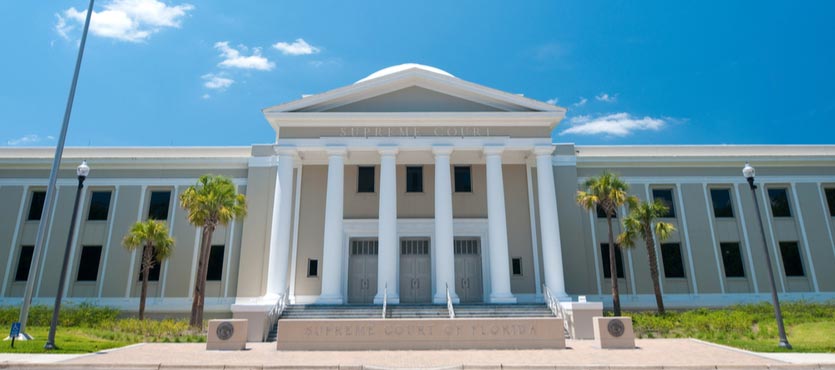In a move that has no direct effect on injured workers, except to increase the benefits available, the First District Court of Appeal ruled that a 14.5% rate increase, which took effect in December, was legal.
The plaintiff claimed that the National Council on Compensation Insurance, which recommends premium payments for workers’ compensation insurance, violated the state’s open meeting law when it failed to hold committee meetings that were open to the public regarding the proposed increase. The NCCI countered that it is exempt from the Sunshine Law because an individual actuary, as opposed to a committee, makes rate recommendations. Moreover, the organization pointed out that an August 2016 meeting was open to comments from the company’s stakeholders. In reaching its conclusion, the 1DCA applied a plain meeting for “committee” and observed that “no committee at NCCI has been charged with the responsibility for determining workers’ compensation insurance rates in over 25 years.”
The NCCI actually recommended a higher rate increase, but lawmakers only approved a 14.5% change.
Why Did Rates Go Up?
Until Castellanos v. Next Door Company, a 2016 Florida Supreme Court case, workers’ compensation attorneys basically worked for free, earning as little as $1.53 an hour for their work on behalf of injured victims.
In overturning this system, the Supreme Court ruled that the low fees effectively prevented attorneys from aggressively representing injured victims, and without such zealous and experienced representation, workers had almost no opportunity to obtain the benefits they deserved.
The rate hike bolsters attorneys’ fees, thus giving victims a fighting chance when they square off against high-priced insurance company attorneys.
What Injuries are Covered?
There are basically two types of injuries covered under workers’ compensation, and both of them involve intricate legal issues.
Trauma injuries are things like falls and motor vehicle crashes. The specific nature of these injuries often requires a certain treatment protocol, and since injured workers in Florida cannot choose their own doctors, at least in most cases, an attorney must often advocate for the victim out of court to ensure that the company doctor approves the proper treatment protocol. Otherwise, the effort will be a waste of time and money for everyone involved.
Moreover, trauma injuries often involve a negligent co-worker or a defective product. If that is the case, an attorney can file a civil claim and obtain even more compensation for the victim, as outlined below.
Occupational diseases, such as hearing loss and respiratory issues, occur over more than one shift. These injuries often involve preexisting conditions. For example, a worker could hurt her elbow during a basketball game and constant lifting at work could cause that injury to become disabling. In cases like this, the victim has the burden of proof to show that the work injury is at least 51% responsible for the disability. If that is the case, the victim is probably entitled to full benefits.
Furthermore, workers’ compensation claims have tight deadlines, and most job injury victims do not fill out claim forms or rush to a doctor’s office when they first feel pain in their backs or first hear ringing in their ears. As a result, an attorney must point out that the victim identified the illness, and made the connection between the condition and a work injury, at the earliest possible moment, and therefore the claim should be allowed.
Additional Compensation
Courts have consistently held that, in most cases, workers’ compensation is a reasonable alternative to a tort claim for damages. If that parity is absent, courts usually address the deficiency, as they did in Westphal v. City of St. Petersburg. In this case, the Florida Supreme Court almost tripled the benefits period, giving most workers five years to rehabilitate before they try to go back on the job.
In other cases, a simple fix will not do the job, so injured workers can sue outside the system to obtain additional compensation. Some common scenarios include:
- Non-Employer Negligence: As mentioned earlier, a negligent co-worker or manufacturer cannot escape liability just because their action or inaction happened to hurt someone at work.
- Recklessness: If an employer knows that a situation is dangerous, does nothing to correct it, and workers are injured, the employer may be liable for additional damages. This situation happens a lot, as many companies receive complaints or even citations about a certain condition, yet do not do anything to make workers safer.
This additional compensation includes money for noneconomic damages, such as pain and suffering.
To get an assertive attorney on your side, contact Barnett, Lerner, Karsen & Frankel.

